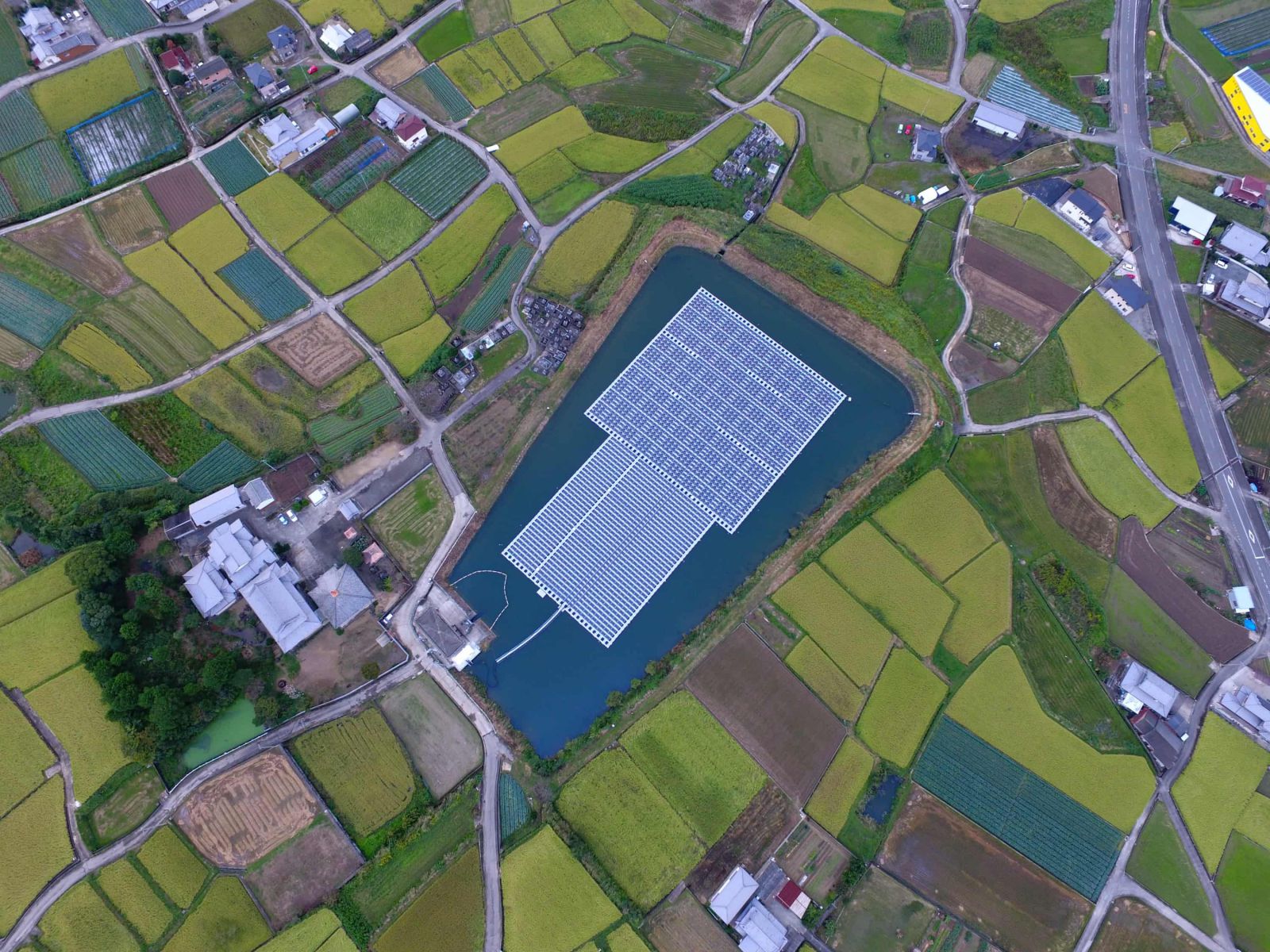It is proposed that floating solar farms will make a difference under the circumstances. Based on the vision, the smart floating farms have three floors and will cover an area of 2.2 million square meters, including fisheries, hydroponic gardens and rooftop solar panels that power the barges. The farms can be anchored on the surface of bodies of water such as oceans, lakes and rivers, man-made ponds and reservoirs, and can be moved by ships if necessary.
Each floor of a floating solar farm performs different functions, but in the meantime complementing and reinforcing each other. There are skylights on the roof, with solar photovoltaic panels converting sunlight into energy. Then, these energy and natural light will go to the next floor, where there are a large number of hydroponic and organic crops which do not require soil, pesticides or large spaces. Later on, wastewater from the farm will flow into the fishery on the bottom, while waste generated by fishes will be recycled and used as the fertilizer of plants.

In addition, floating solar farms may also include desalination plants, slaughterhouses and packaging plants. At the same time, they are equipped with wind turbines and other machines that convert the kinetic energy of water waves into additional power. The biggest advantage of the floating farms is that most of them can run automatically, which means they need less manpower.
The goal of floating solar farms is to provide food for densely populated cities in the world that need the most food. Of the 35 large cities worldwide with more than 10 million people, 25 are located near water such as New York, Chicago, Seattle, Los Angeles, Tokyo, Jakarta, Shanghai, Karachi and Shenzhen. Statistics show that a smart floating solar farm can produce 8 tons of vegetables and 1.7 tons of fishes a year, and it can recover the costs in 10 years.
Everything has its dark side. Some scientists have expressed concern about the practical application of these farms. They argue that the actual costs may be much higher than the projected costs. Yet it is palpably clear that floating solar farms emerge as the new frontier of solar photovoltaics and farming, and they have huge potential for satisfying the increasing global demand for food and alleviating food shortage. (Editor: Claire Jeawin)